At the beginning of the 20th century, there were seven Kurdish newspapers and magazines, four in Istanbul and the others in Cairo and Baghdad. Reading the Kurdish movement stages in the 20th century, after World War I, Kurdish cultural centers in the southern part of Kurdistan and Iraq, especially in Baghdad and Sulaimani, changed their location. Although it seems impossible to examine all these changes, we have to study their various aspects in different ways in the western part of Kurdistan and Syria, the southern part of Kurdistan and Iraq, the northern part of Kurdistan and Turkey, the East part of Kurdistan and Iran, and Russia.

Kurdish Notebook
Kurdish Cultural Movement in the Western part of Kurdistan and Syria
The Kurdish cultural movement in the western part of Kurdistan and Syria regained its true importance after the events of the 1930s.
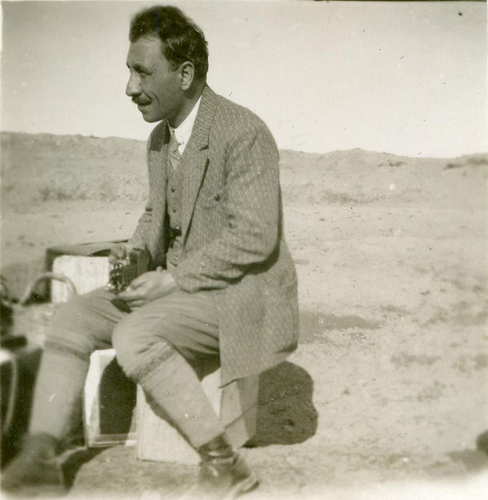
Mir Jaladet Badr Khan
These events were to strengthen Kurdish national feeling through the revival of language and literature. The founders of this cultural movement were the brothers of Badr Khan, especially Mir Jaladet (1893-1951) and Mir Kamran Ali.

Mir Kamran Ali Badrkhan
The basis of this movement was the magazine Hawar, which was published in Kurdish and French. The first issue was published on May 15, 1932, and continued until 1935. From 1941 to 1943, fifty-seven issues were published, and it had an ending called Runaki. The first important step of the founder of Hawar magazine was to organize and publish the Kurdish alphabet in Latin characters. The inventors of this alphabet received the idea from people before them to change the Turkish alphabet to Latin. They were able to maintain the unity of Kurmanji with this alphabet. To achieve this goal, the authors prepared all the classroom materials and published a series of booklets and notes that achieved this goal, and the French authorities, somehow, helped with the development of the Kurdish cultural movement in Syria and Lebanon.
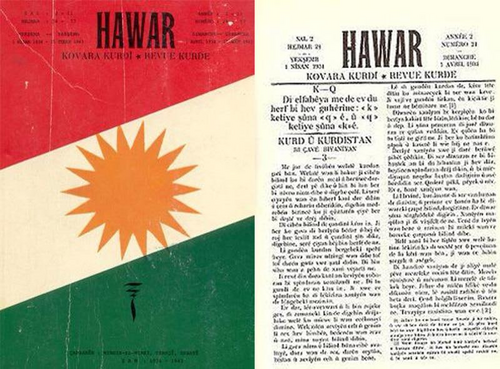
Hawar Magazine
Around Hawar Magazine and its founder, a group of youth writers and poets gathered, some of whom had extraordinary talents, including Mustafa Ahmad Bani, famous for his stories, Qadri Khan, a new poet, Osman Sabri, and Mullah Ahmad Haydaran. Of course, the most famous of them is Sheikh Musa Hussein, known as Jigarkhwen, who published his first poem in 1945. Jigarkhwen's book is full of nationalist poetry and motivates Kurds to fight poverty and ignorance. He published his second book in 1945, Movement and Freedom, and left behind works on Kurdish grammar and history, poetry, and Sharafnama.
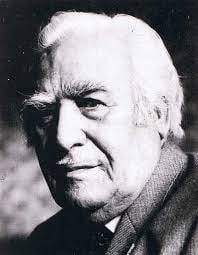
Jigarkhwen
Kurdish Cultural Movement in South Part of Kurdistan and Iraq
After the end of the turmoil of 1919-1920, the Kurdish cultural movement in the southern part of Kurdistan and Iraq expanded significantly and the intellectuals who lived in Istanbul due to the increasing daily pressures of their country's ruling system returned to the southern part of Kurdistan and Iraq. They strengthened the Kurdish cultural community in the southern part of Kurdistan and established two major scientific and literary centers in Sulaimani and Baghdad.
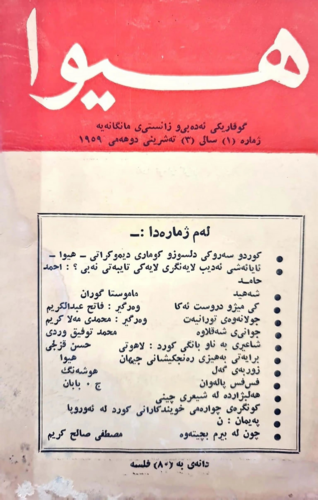
Hiwa Newspaper
They published the newspapers Peshkewtan (1919-1922), Bangi Kurdistan, Roji Kurdistan, Bangi Haq, Zhyan and Zanst. It should be noted that a daily newspaper that was published for more than 30 years was first called Zhyanawa, then Zhyan, and finally Zhin.
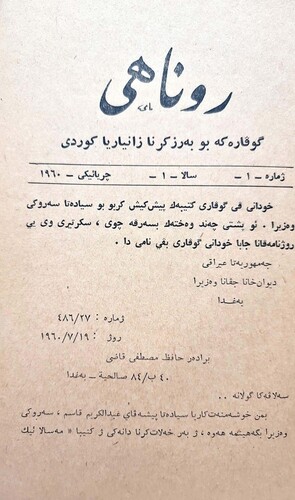
Ronahi Newspaper
In Baghdad, the intellectuals published the newspaper Diyari Kurdistan and then Galawezh from 1939 to 1949, followed by other newspapers called Dangi Giti Taza and Nizar, which continued for a long time. Then the newspaper Dangi Kurdistan (Voice of Kurdistan) of the students' union was published and later changed its name to "Khabat", the organization of the Kurdistan Democratic Party changed its name and was published in 1996. It was captured in the same days by the government of General Qasim. Later, the newspapers Hiwa, Rzgari, and Ronahi were published monthly and biweekly. Then the newspaper Azadi, the organization of the Kurdistan Branch of the Communist Party of Iraq, was published in Rwandz. In 1936, the newspapers Zari Kurdmanji were published in Erbil and Rasti in Mosul.

Galawezh newspaper
To be continued ...
Sources:
1. Kamran Ali Badrkhan translated the Holy Qur'an, seven hundred hadiths of the Prophet, and Advice of Prophet Solomon (1947-1949), the Gospel of John, and the Gospel of Joseph into Kurdish, as well as Kurdish proverbs into French and German in 1937. He published Kurdish Grammar in 1953 which was one of the main European sources, at the Al-Suna School in East Paris.
2. Cahier N I.Note sur lalphet Kurdc.
3. CF.R.P.Thomas Bios. Op cit PP212_213. CF egalemnt C.J.R.A.C.S. 1954.
4. Geew Mukriani.Dictionaric arabe_ kurde de 15000 mots.
5. le problème kurde - joyce blau.








